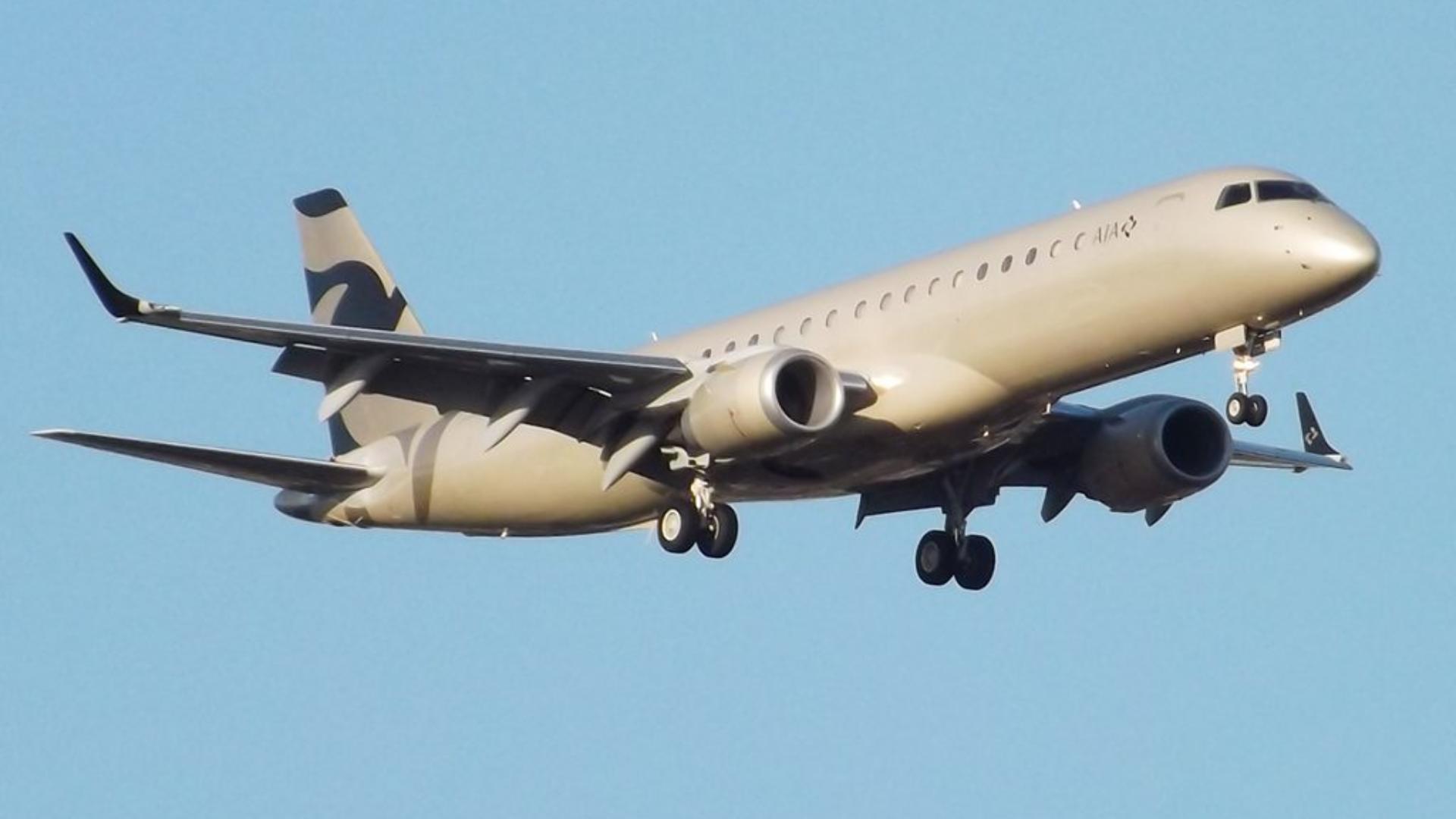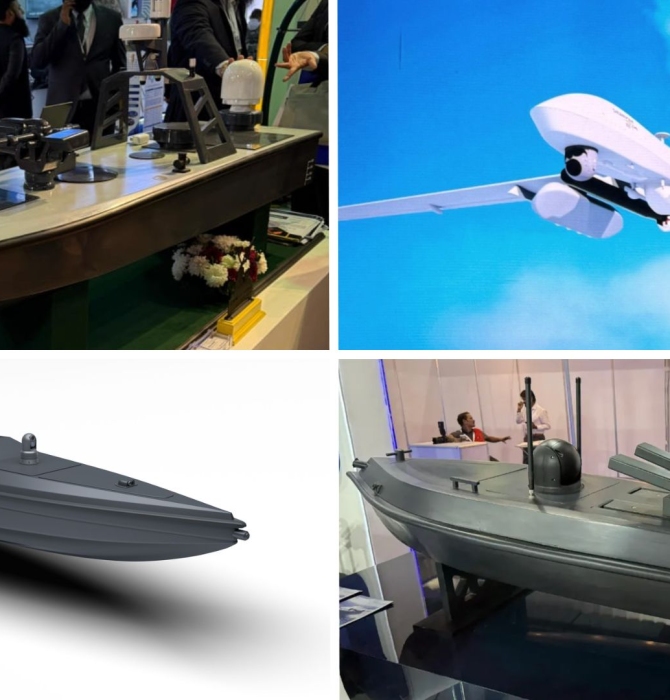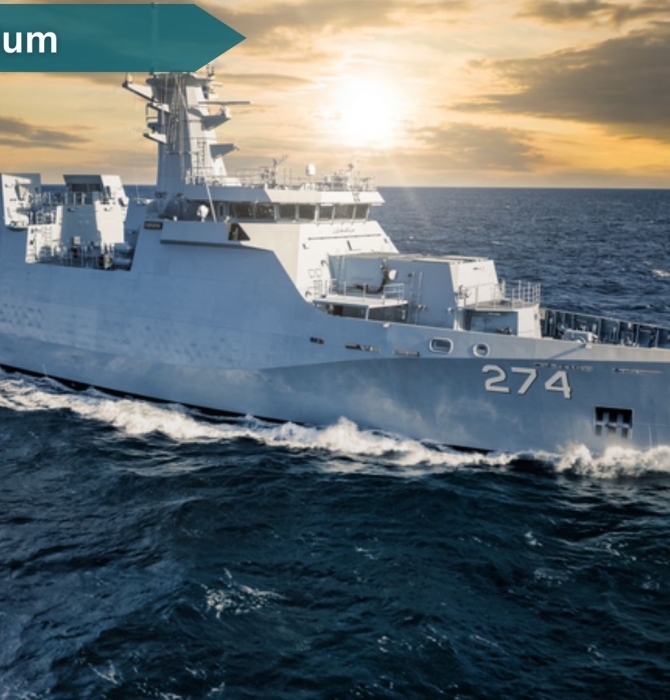12382Views

The COTS Advantage of the Pakistan Navy’s Sea Sultan LRMPA Quwa Premium
The Sea Sultan long-range maritime patrol aircraft (LRMPA) is an important project for the Pakistan Navy (PN), not only as a successor to the Lockheed Martin P-3B/C Orion, its current mainstay anti-submarine warfare (ASW) and anti-ship warfare (AShW) aircraft, but as a key solutions enabler.
How so?
Well, at every level, the Sea Sultan LRMPA leverages commercially off-the-shelf (or COTS) technology to (1) control cost, (2) ensure upgradability, and – perhaps most importantly – (3) guarantee future procurement availability.
In this process, Pakistan is not manufacturing any of the critical inputs or aircraft, so the Sea Sultan is not an ‘indigenous’ program per se. However, by both finding and integrating preexisting platforms and subsystems, the PN is learning the process of developing an original solution that it could manage and evolve with far greater autonomy compared to buying a stock solution from a vendor.
Background
The PN initiated the Sea Sultan LRMPA program in 2021, following a tender seeking a twin-engine jet aircraft intended to serve as its platform. The PN intends to induct at least 10 aircraft, with the first joining the fleet in 2026. Presently, three aircraft are undergoing conversion, with a fourth ordered recently and slated to join the process.
Step 1: Using a Commercial Platform
The first input of the Sea Sultan LRMPA is the Embraer Lineage 1000E. This is a specially configured variant of the Embraer E190 commercial airliner. While billed as an executive or VVIP variant, the main difference between the Lineage 1000E and E190 is that the former uses internal fuel tanks (stored in the luggage bay of the airliner) to vastly extend the range and endurance of the aircraft. Therefore, it offers significantly longer on-station time.
Given how Embraer built a few Lineage 1000Es, one might think that the overall potential for Sea Sultan LRMPA production has a hard limit or cap. However, the Lineage 1000E is essentially the E190 with relatively minor modifications (that do not seem to involve any major structural changes). Thus, the actual potential cap of the Sea Sultan is substantially higher.
This gives the PN ample room to expand its LRMPA fleet via the same platform or co-market the Sea Sultan alongside Paramount Group, Leonardo, and other original equipment manufacturers (OEM) involved in the project.
End of excerpt (377/1,397 words).
Existing Quwa Plus members can log in below
Note: Logged in members may need to refresh the article page to see the article.


